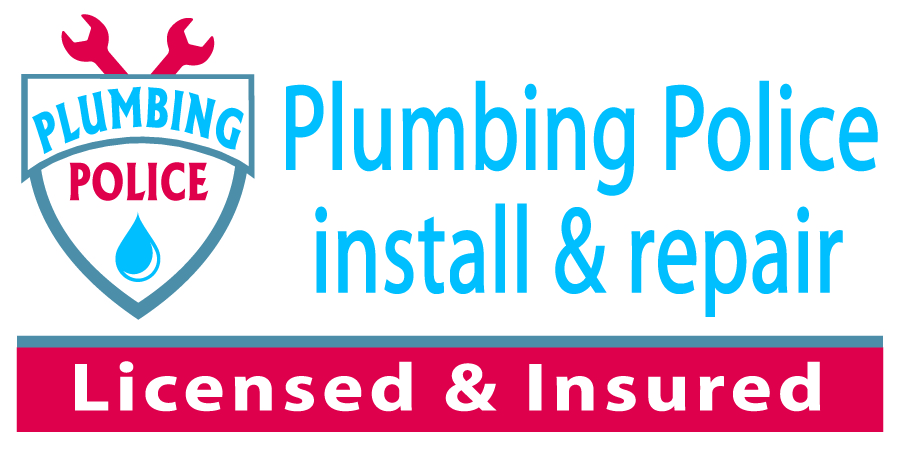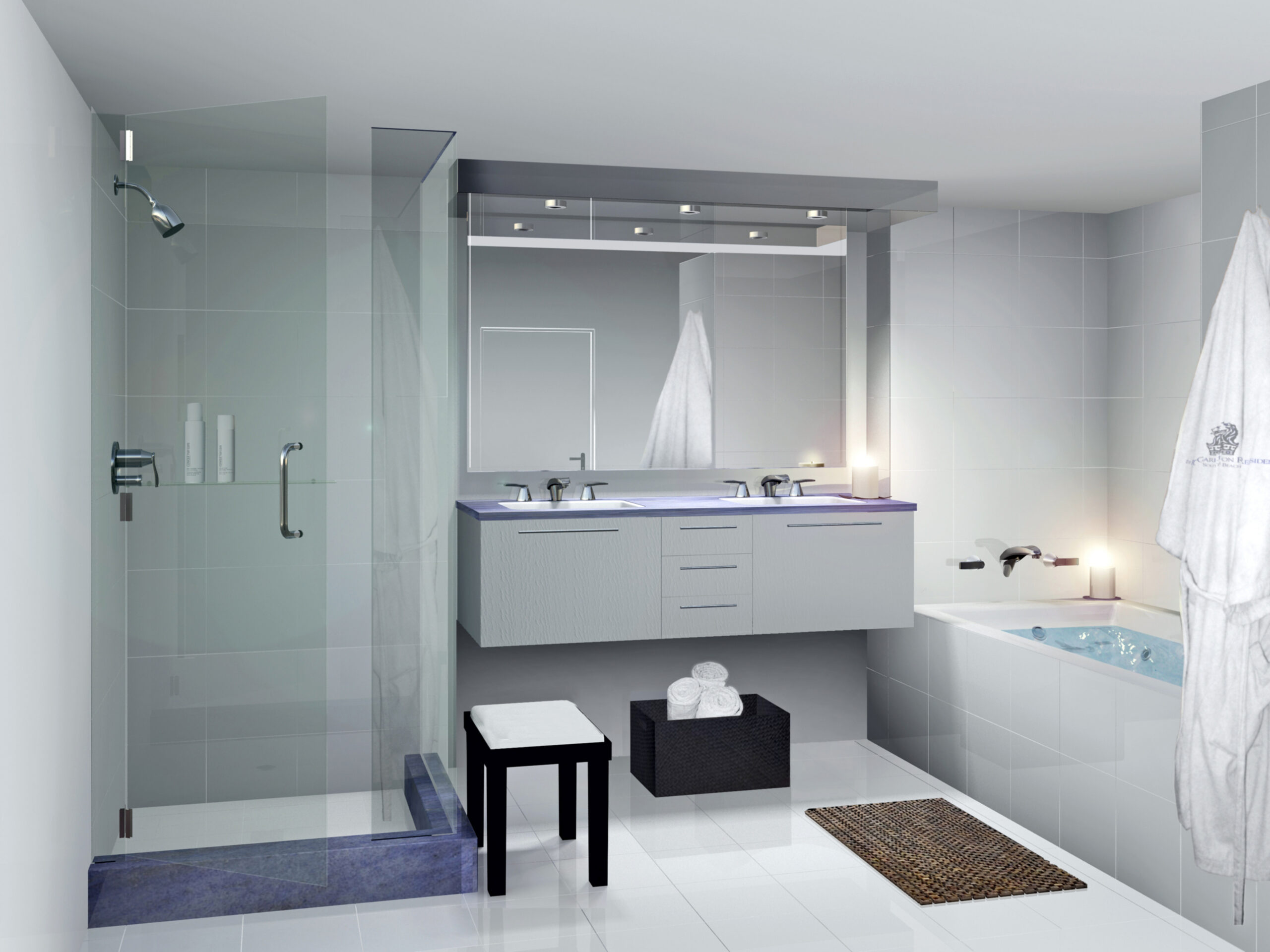The important highlights in bathroom renovation
Renovating a bathroom can be a major project, but focusing on a few key areas can help ensure success. Here are some important highlights to consider:
- Budgeting:
- Set a realistic budget: Determine how much you’re willing to spend and allocate funds for unexpected expenses.
- Prioritize: Decide which elements are essential and which can be scaled back or deferred.
- Design and Layout:
- Functionality: Ensure the layout maximizes space and flow, considering the placement of fixtures, storage, and traffic patterns.
- Style: Choose a style that complements the rest of your home and fits your personal taste, whether it’s modern, traditional, rustic, etc.
- Plumbing:
- Upgrades: Assess the condition of existing plumbing and consider upgrading pipes or fixtures if they’re outdated or problematic.
- Water efficiency: Install water-saving fixtures like low-flow toilets and showerheads to conserve water and reduce utility bills.
- Lighting:
- Layered lighting: Combine ambient, task, and accent lighting to create a well-lit and functional space.
- Ventilation: Incorporate proper ventilation to reduce moisture and prevent mold growth.
- Flooring:
- Durability: Choose flooring materials that can withstand water exposure, such as porcelain tiles, vinyl, or waterproof laminate.
- Comfort: Consider options that provide comfort underfoot, especially if the bathroom will be used frequently.
- Storage:
- Maximize space: Include built-in storage solutions like cabinetry, shelves, and medicine cabinets to keep the space organized and clutter-free.
- Accessibility: Ensure storage is easily accessible and meets your needs.
- Fixtures and Fittings:
- Quality: Invest in high-quality fixtures and fittings that are durable and easy to maintain.
- Style: Match fixtures (like faucets, handles, and showerheads) with the overall style of the bathroom.
- Tile and Wall Treatments:
- Water resistance: Use materials that can handle high humidity and water exposure, such as tile, beadboard, or moisture-resistant paint.
- Aesthetics: Choose colors, patterns, and finishes that enhance the bathroom’s design and make it feel cohesive.
- Ventilation:
- Exhaust fan: Install a high-quality exhaust fan to reduce humidity and prevent mold and mildew.
- Windows: If possible, include windows for natural light and additional ventilation.
- Safety:
- Non-slip surfaces: Ensure flooring materials are slip-resistant, especially in wet areas.
- Grab bars: Consider adding grab bars in the shower or near the toilet for added safety.
- Permits and Regulations:
- Compliance: Check local building codes and obtain any necessary permits before starting the renovation.
- Professional help: Hire licensed contractors for plumbing, electrical work, and other specialized tasks.
- Final Touches:
- Accessories: Add finishing touches like mirrors, towel bars, and decorative elements that reflect your personal style.
- Maintenance: Consider ease of cleaning and maintenance when selecting materials and fixtures.
Each of these elements plays a crucial role in creating a functional, stylish, and enduring bathroom space.
We at the Plumbing Police will be happy to provide you with professional service


